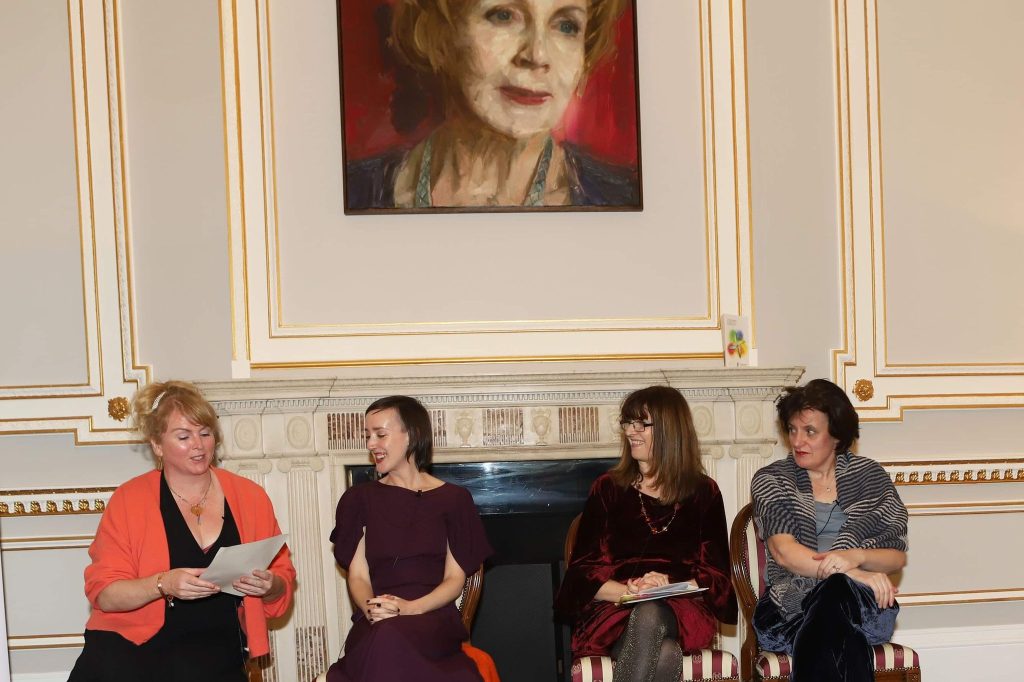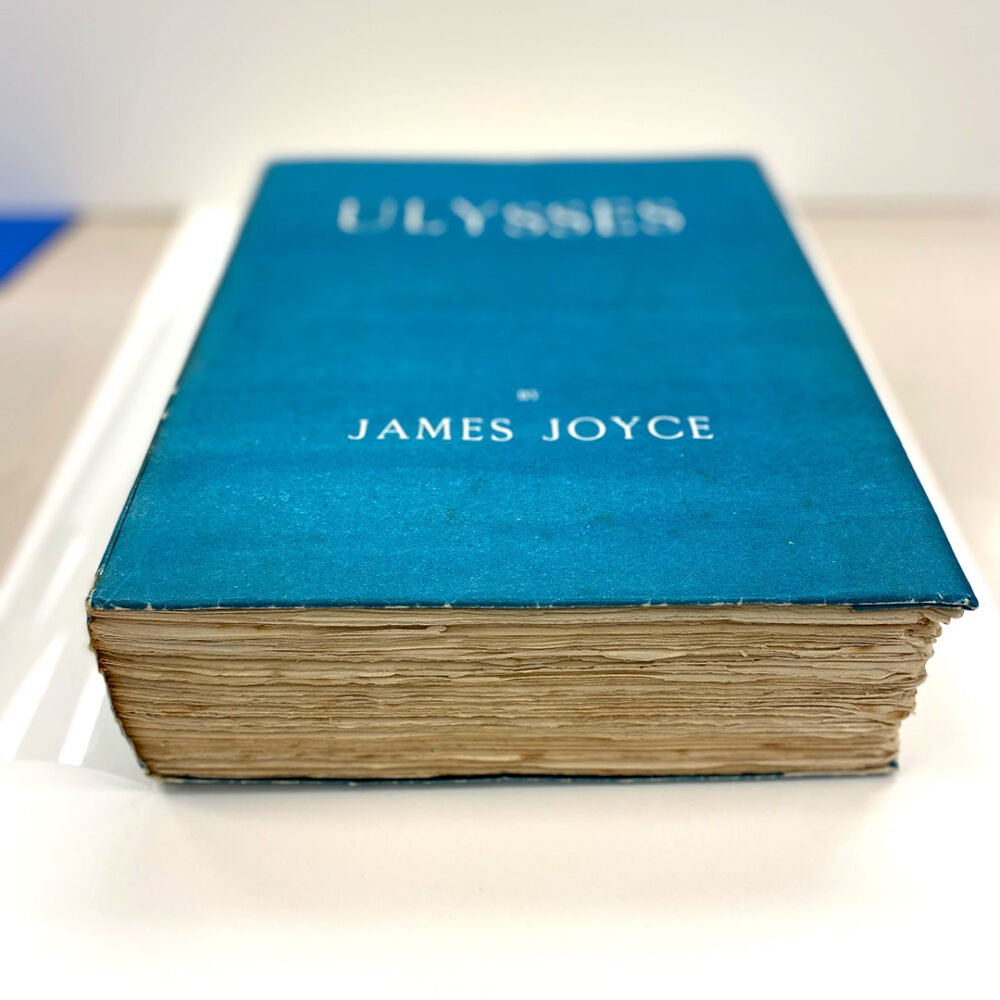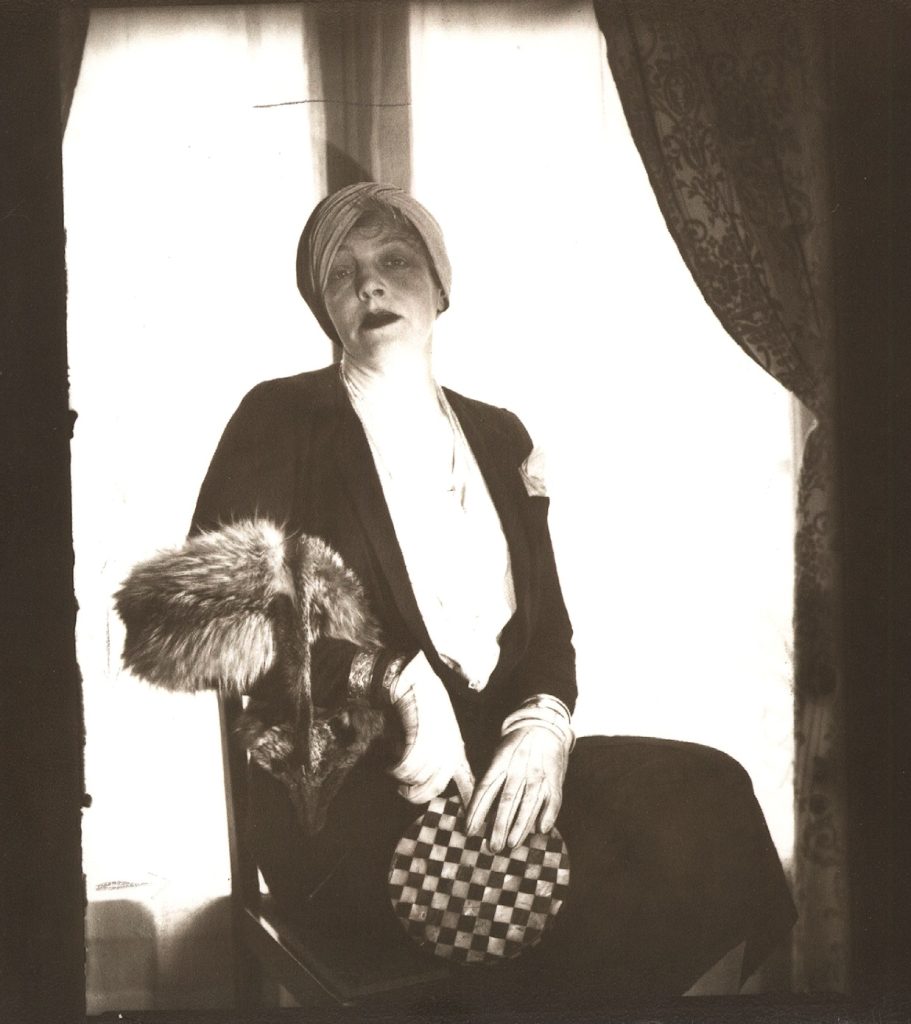Marking the moment when James Joyce’s Ulysses turns 100, Dr Clare Hutton (Loughborough University), introduces some of the key ideas, objects, and people featured in the Ransom Center’s centenary exhibition Women and the Making of Joyce’s Ulysses.
This landmark work of literary modernism owes a considerable debt to the silent behind-the-scenes labour of three gay American women: Margaret Anderson, Sylvia Beach, and Jane Heap as well as that of British publisher Harriet Shaw Weaver. What did these women do to facilitate the making of the work? What actually happened on February 2, 1922? Who were the first readers of Ulysses? How did they obtain their copies and what did they make of the book?
To find out more about the exhibition, including location and opening dates, click below.


